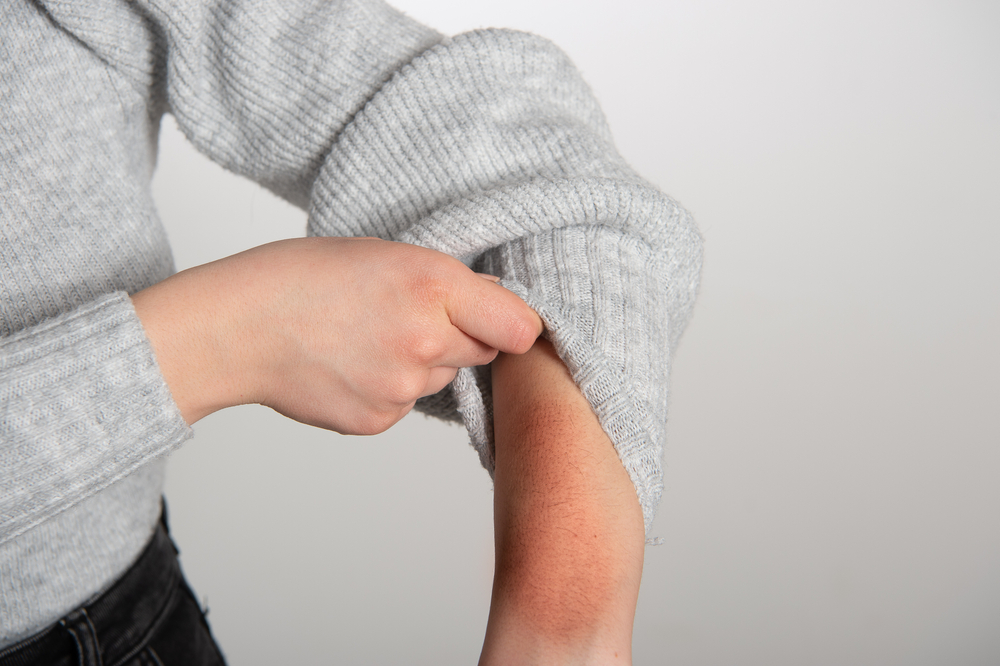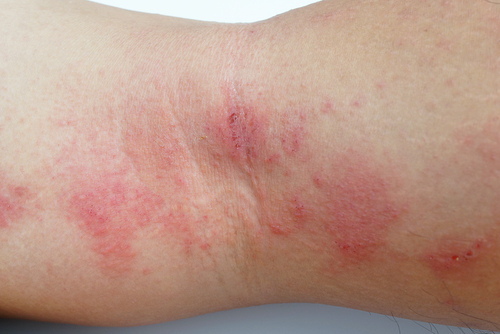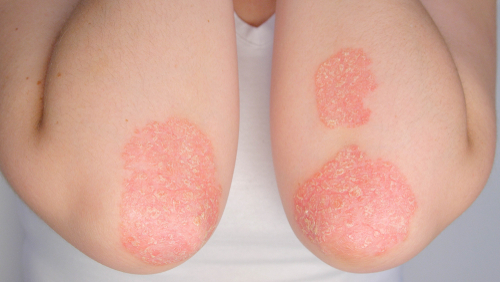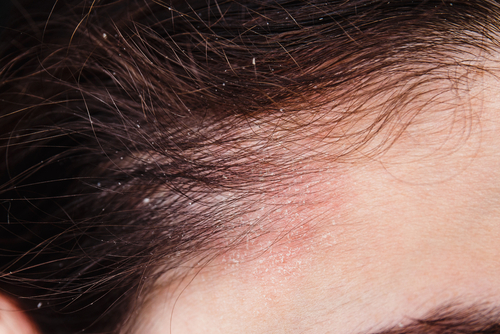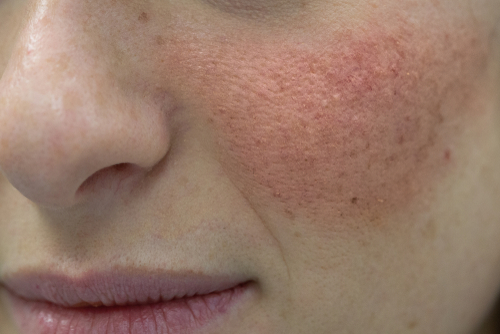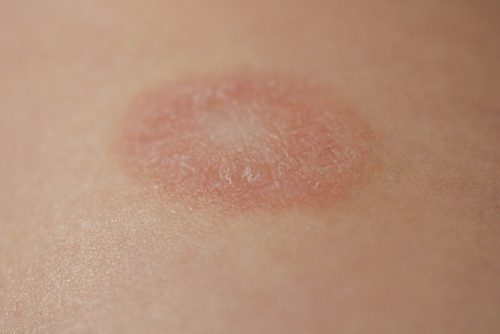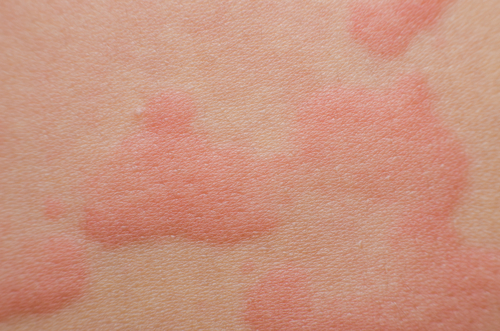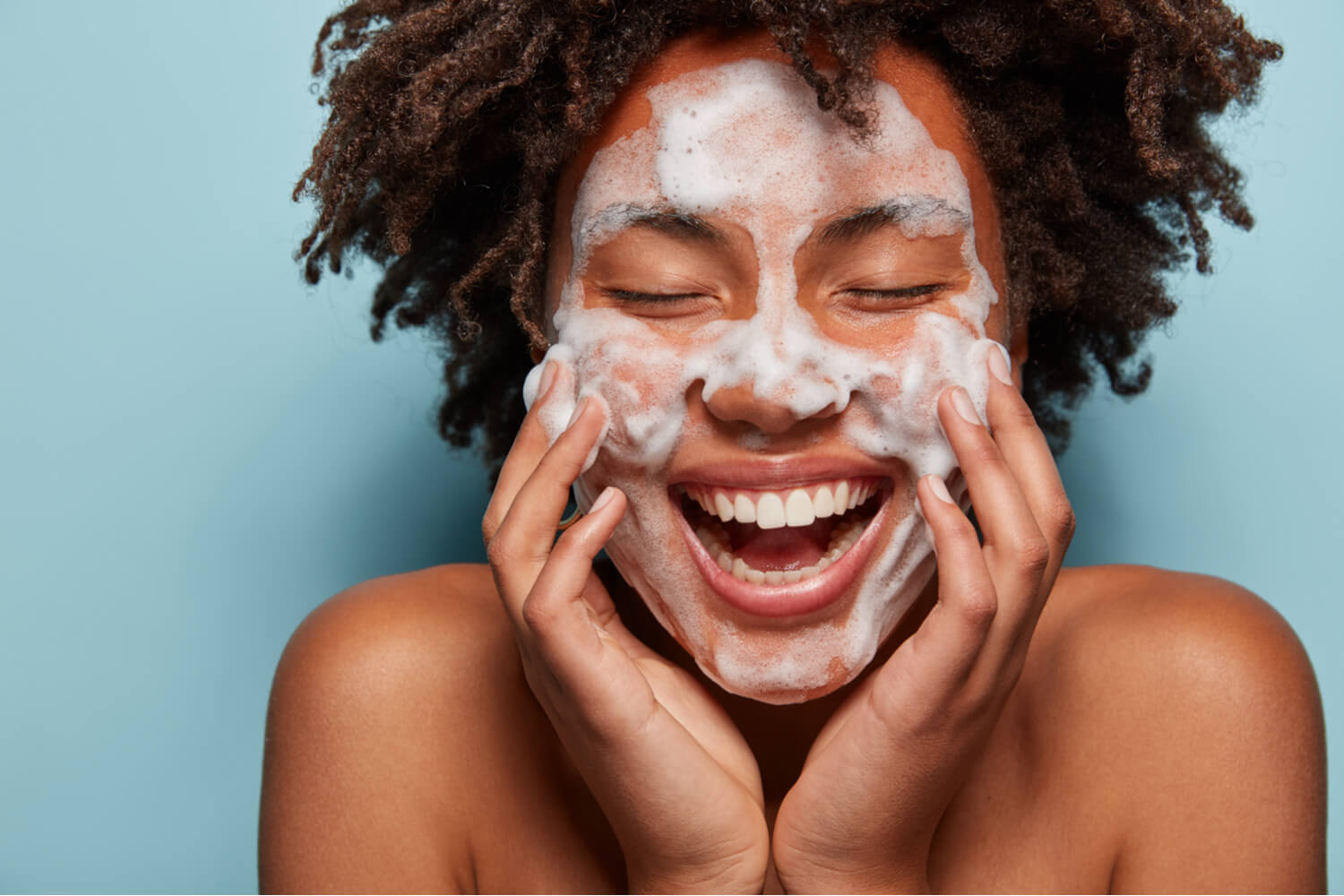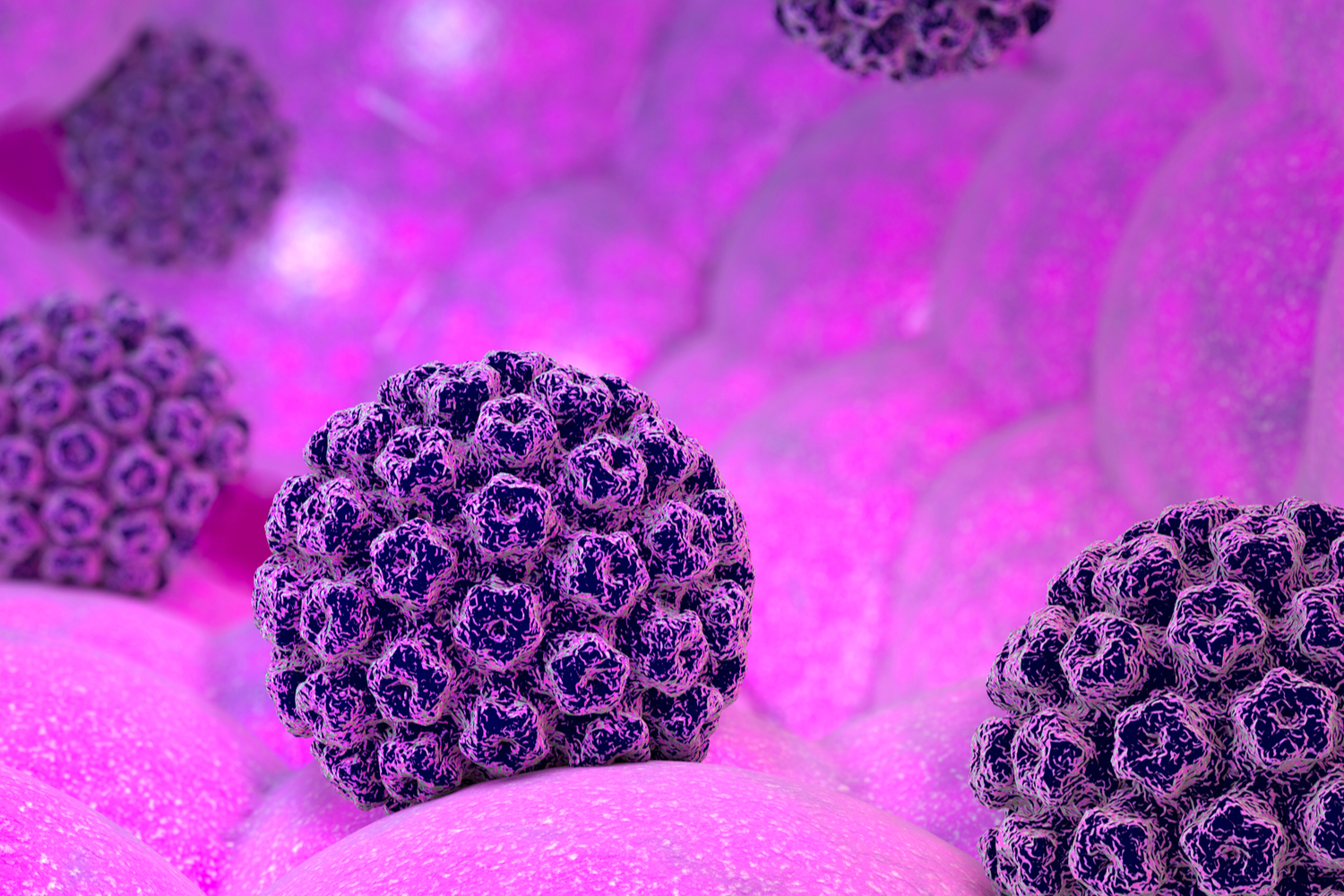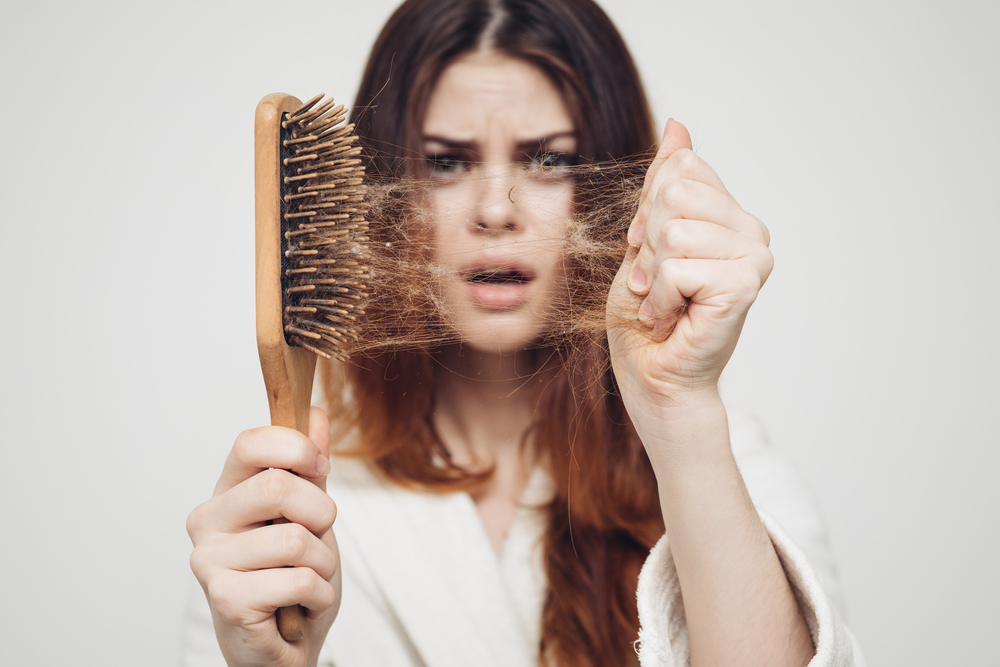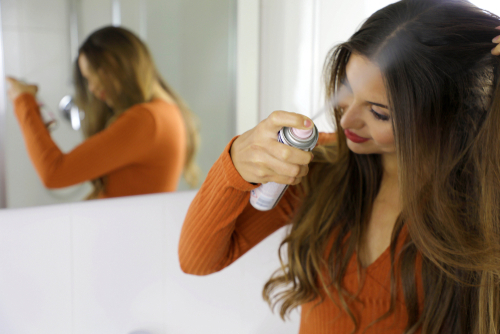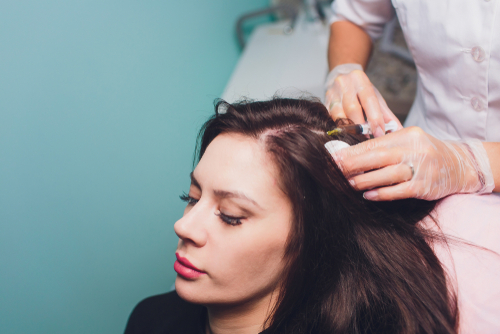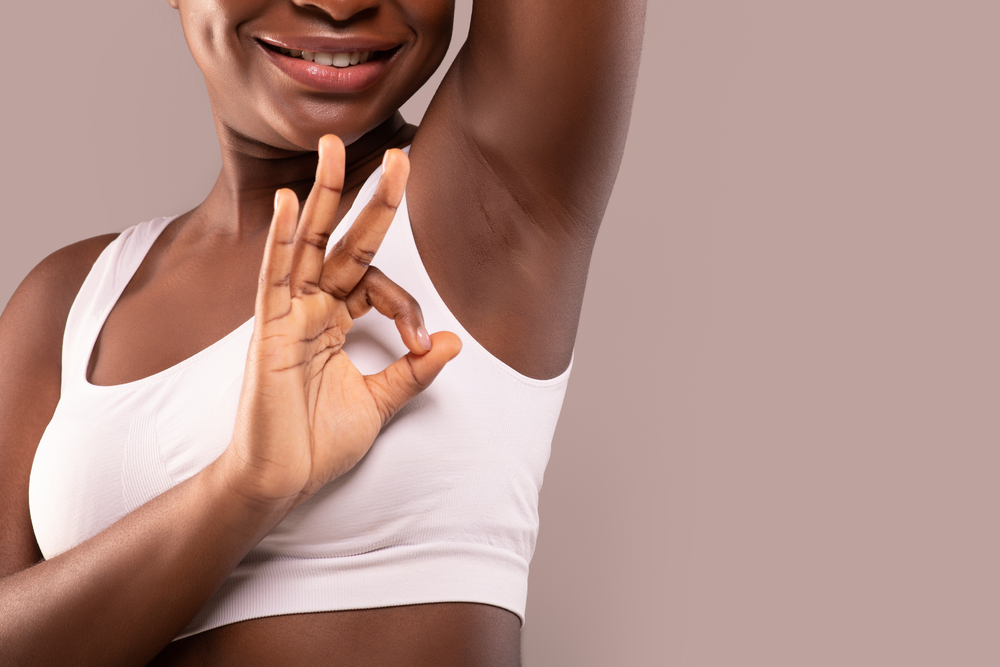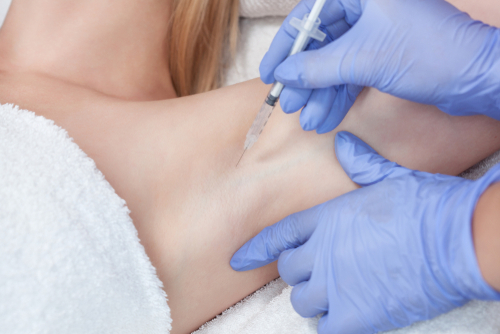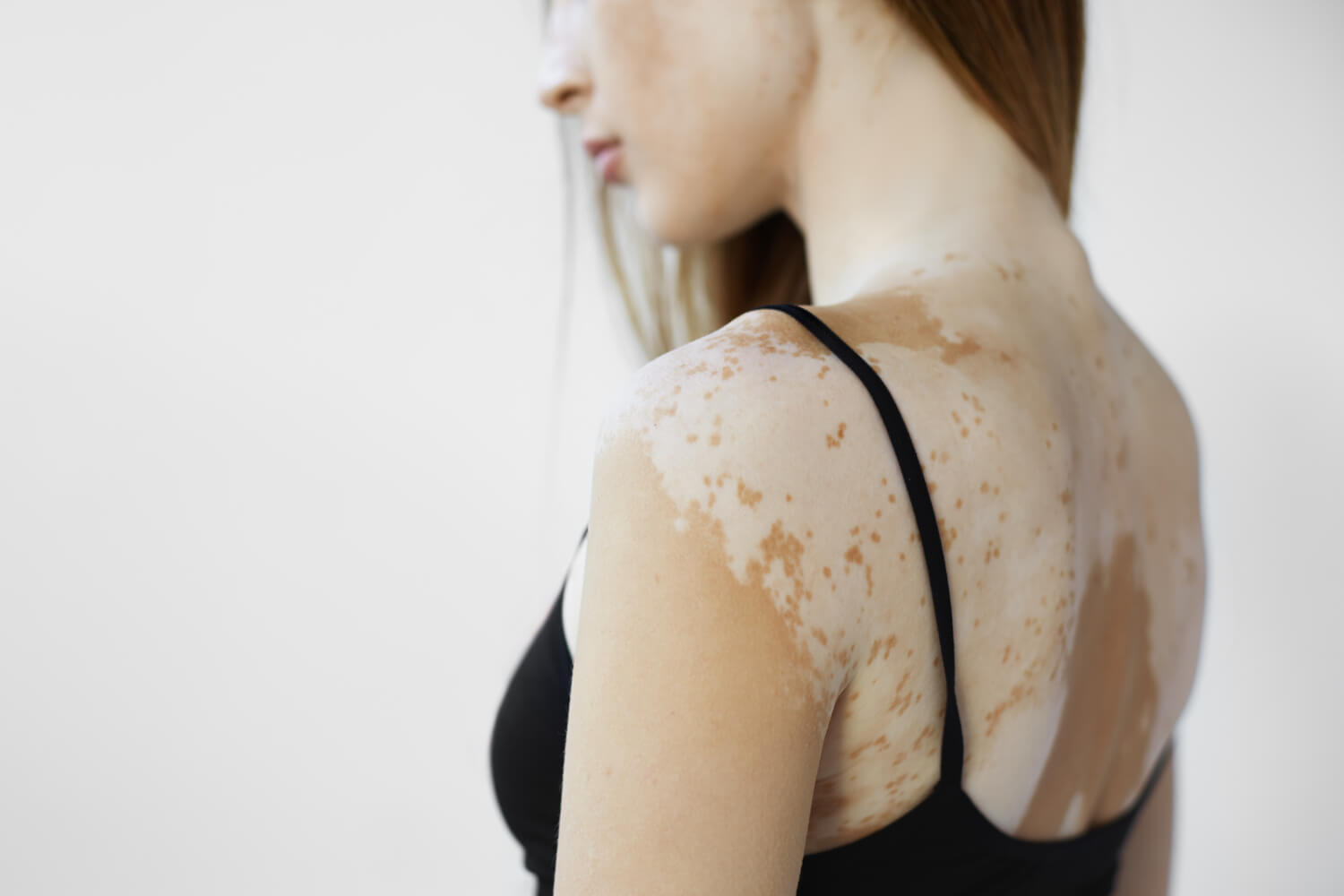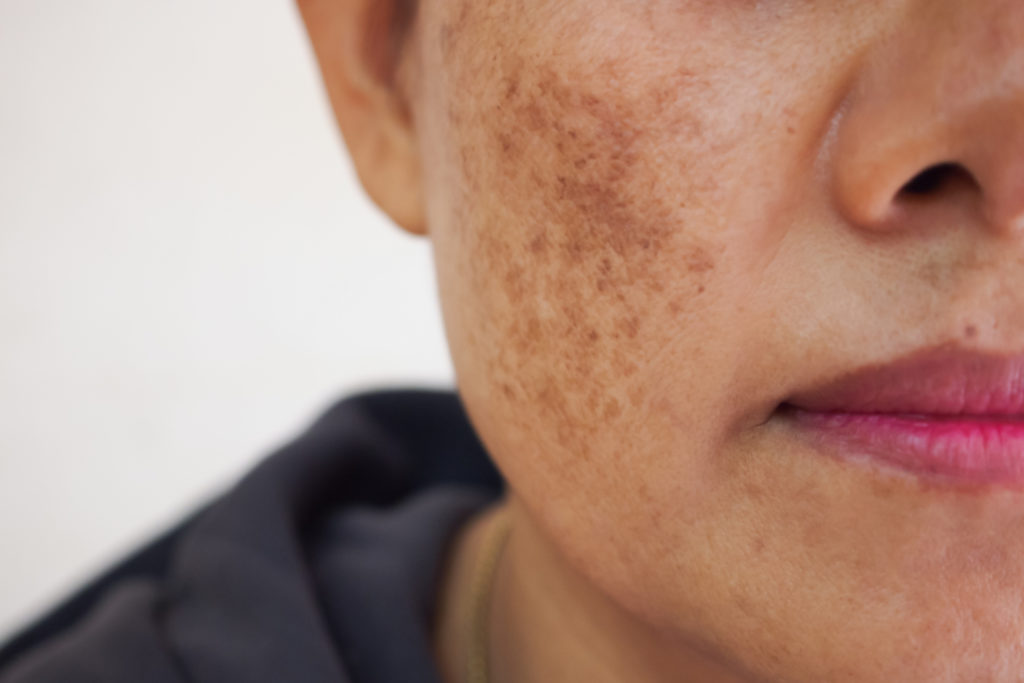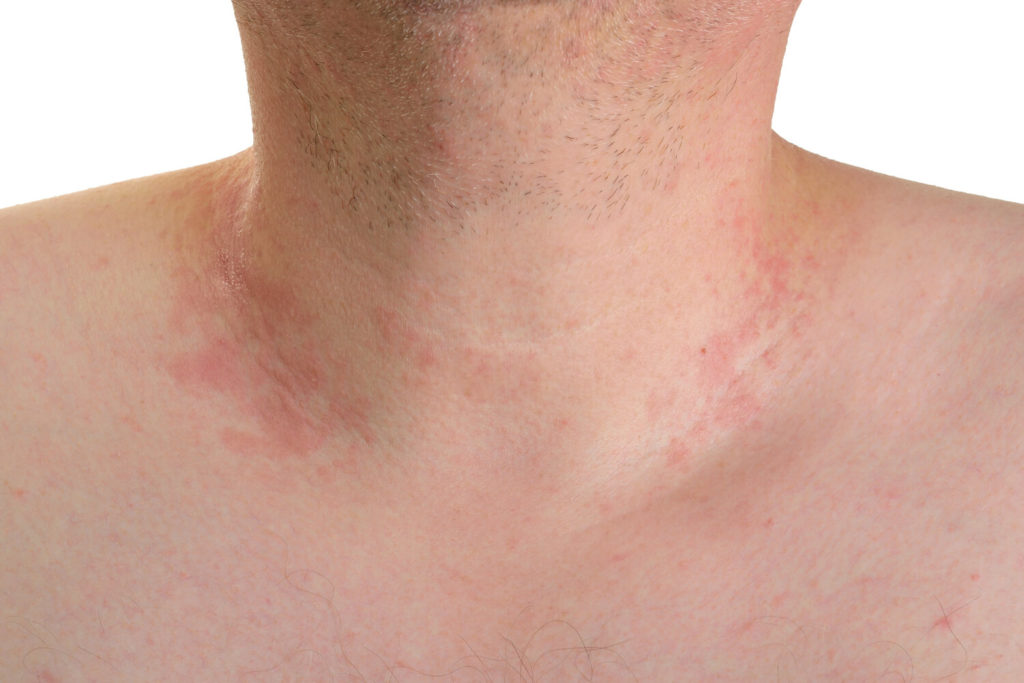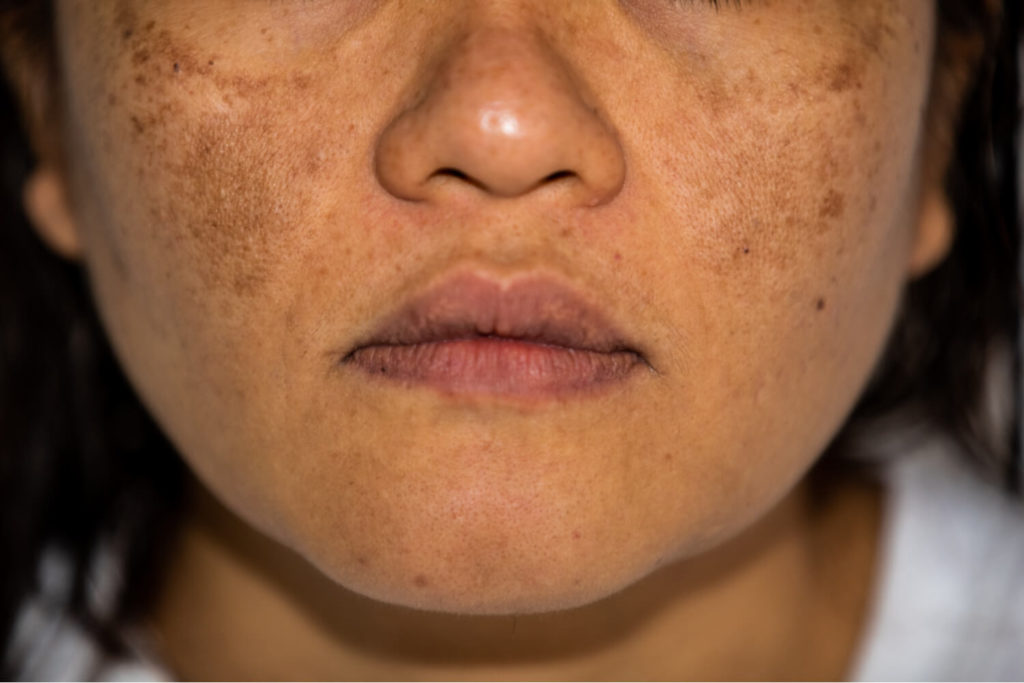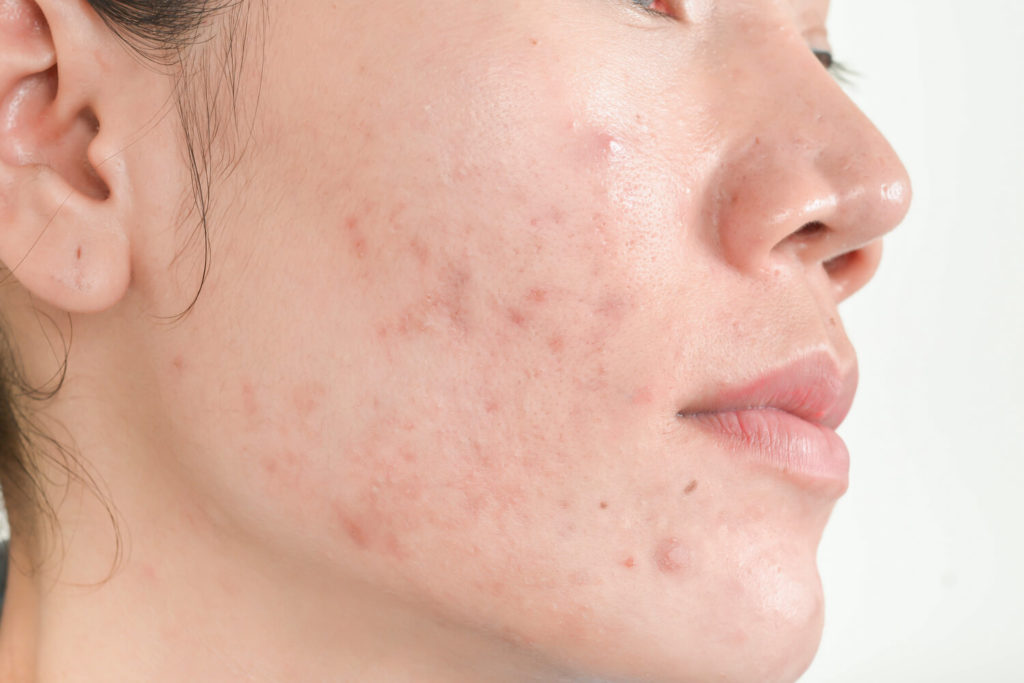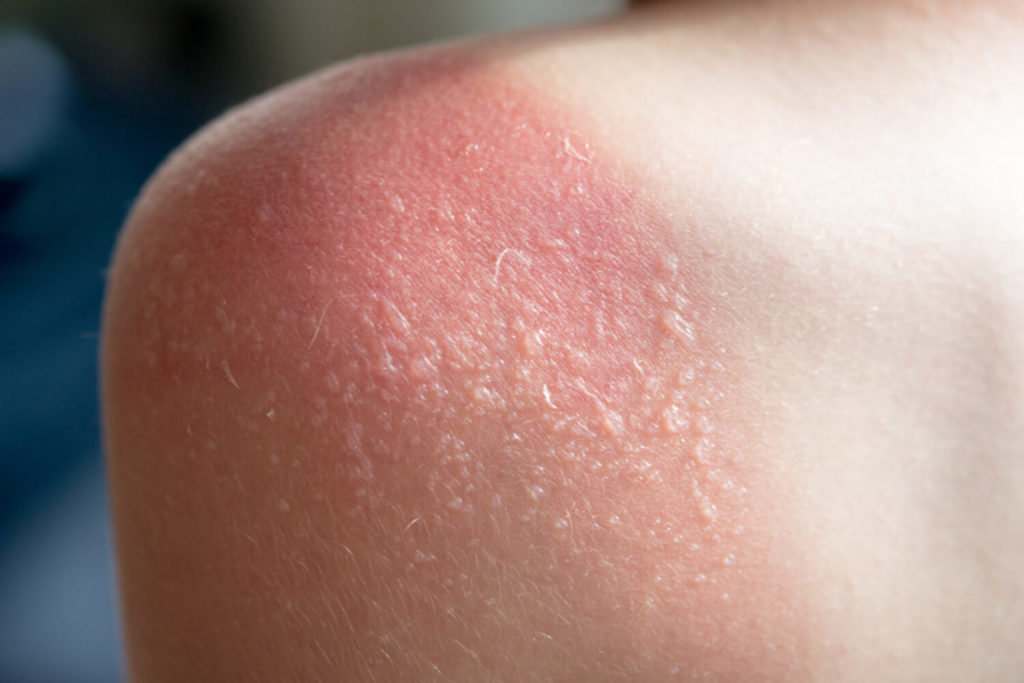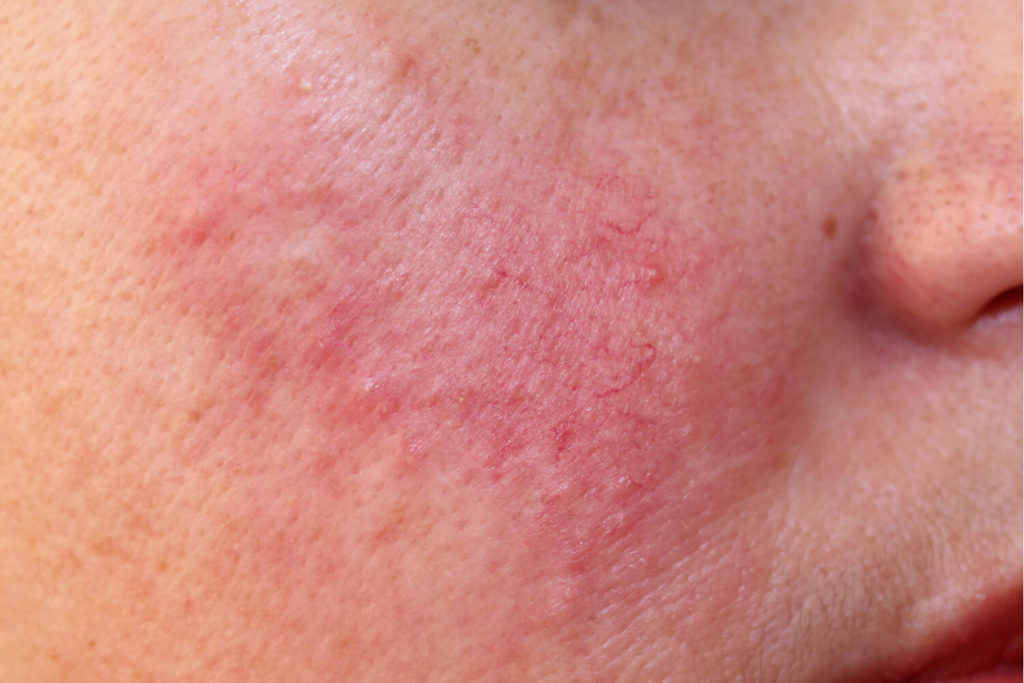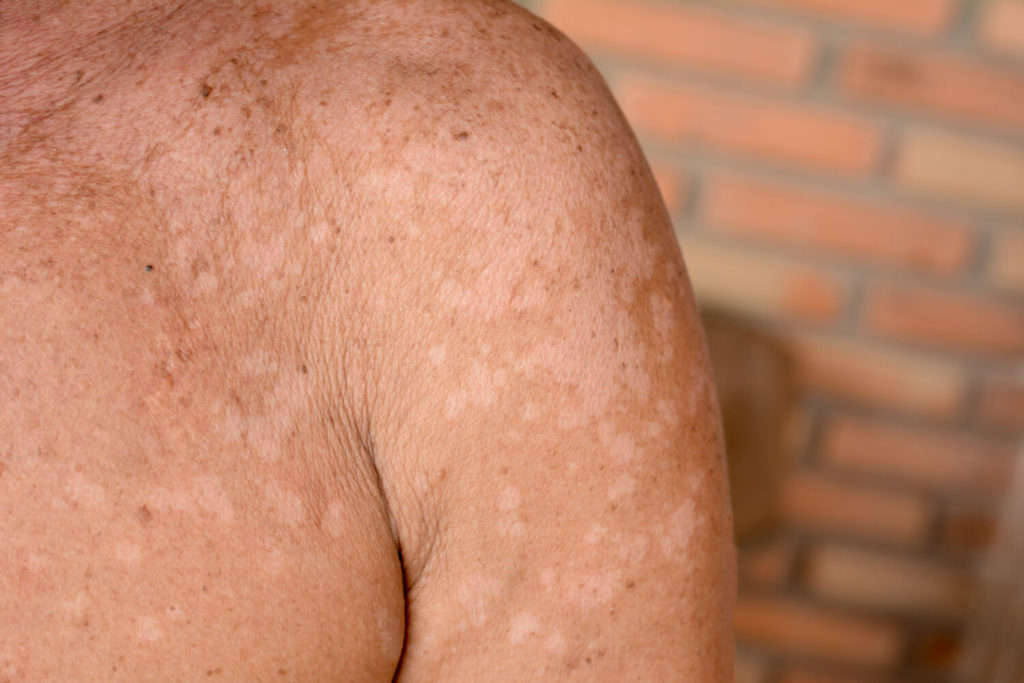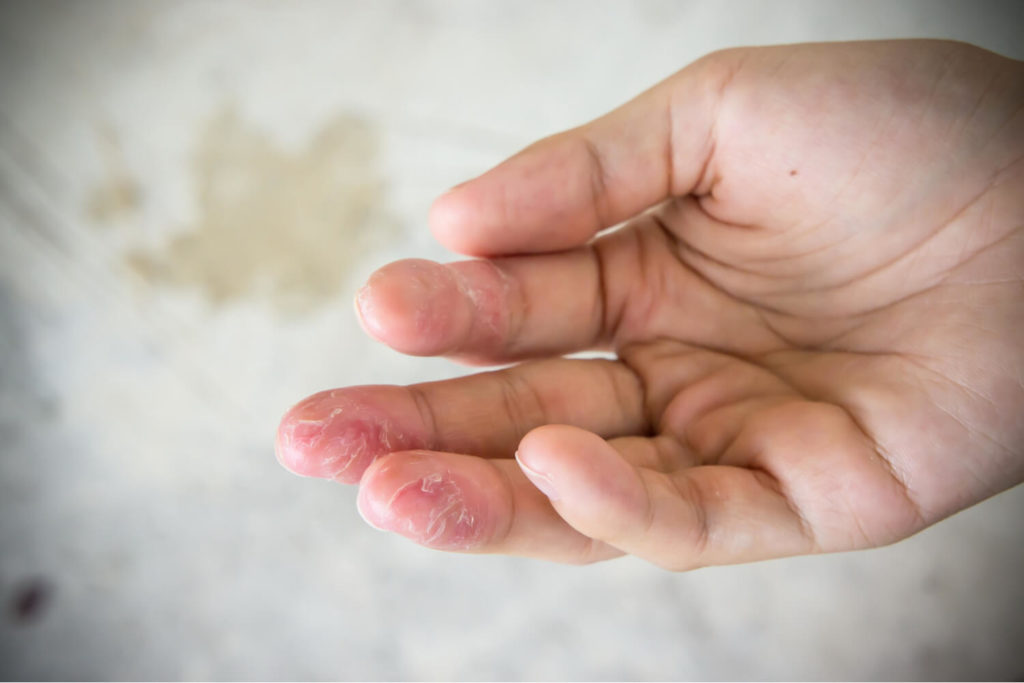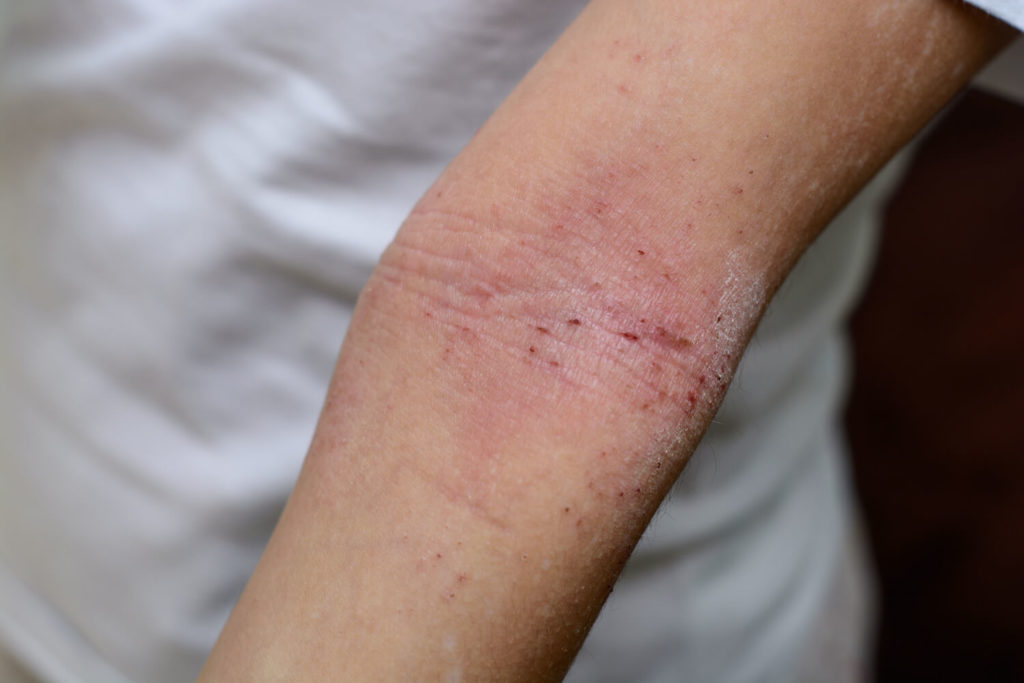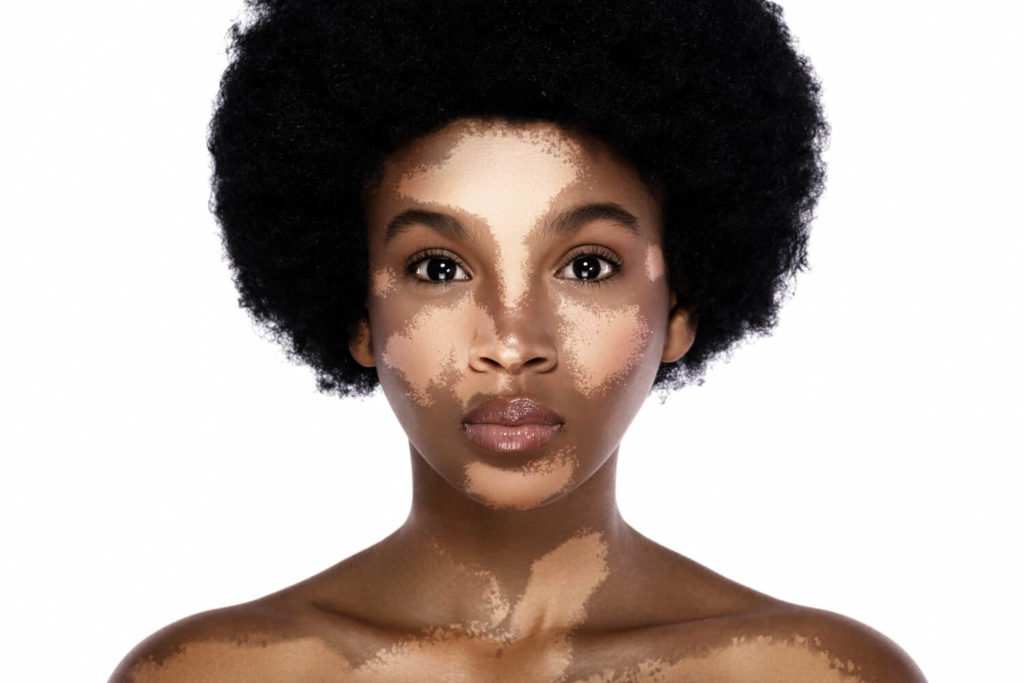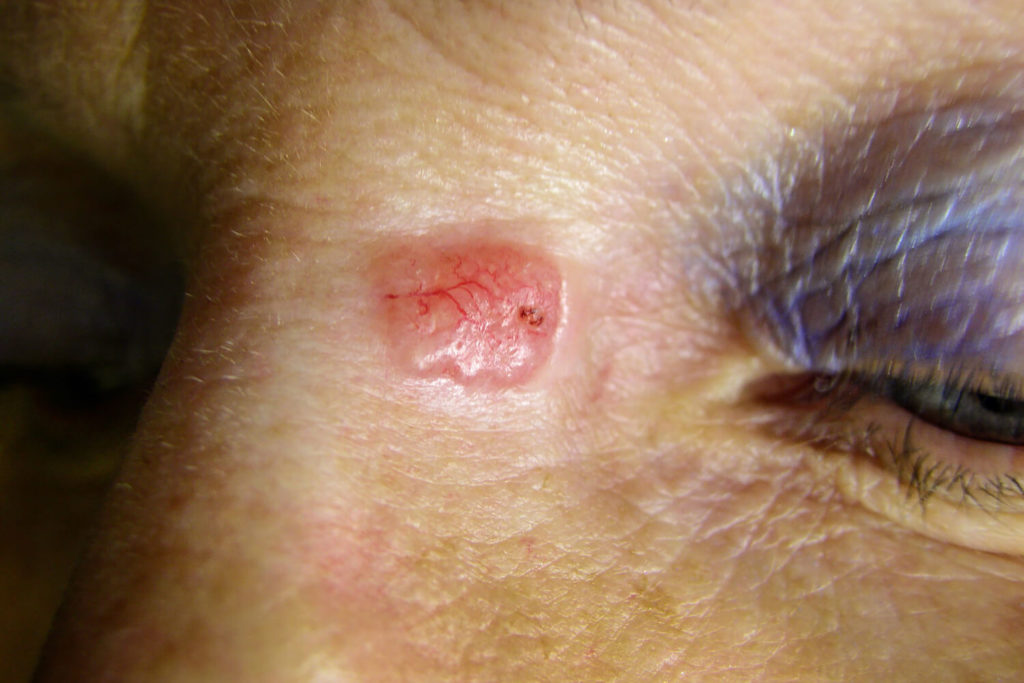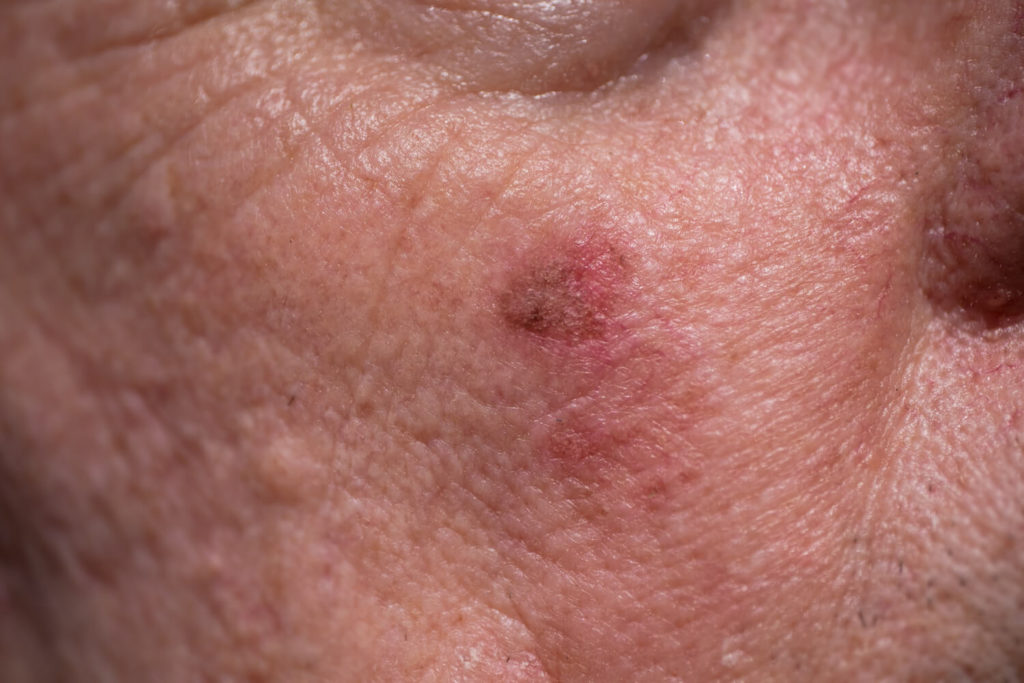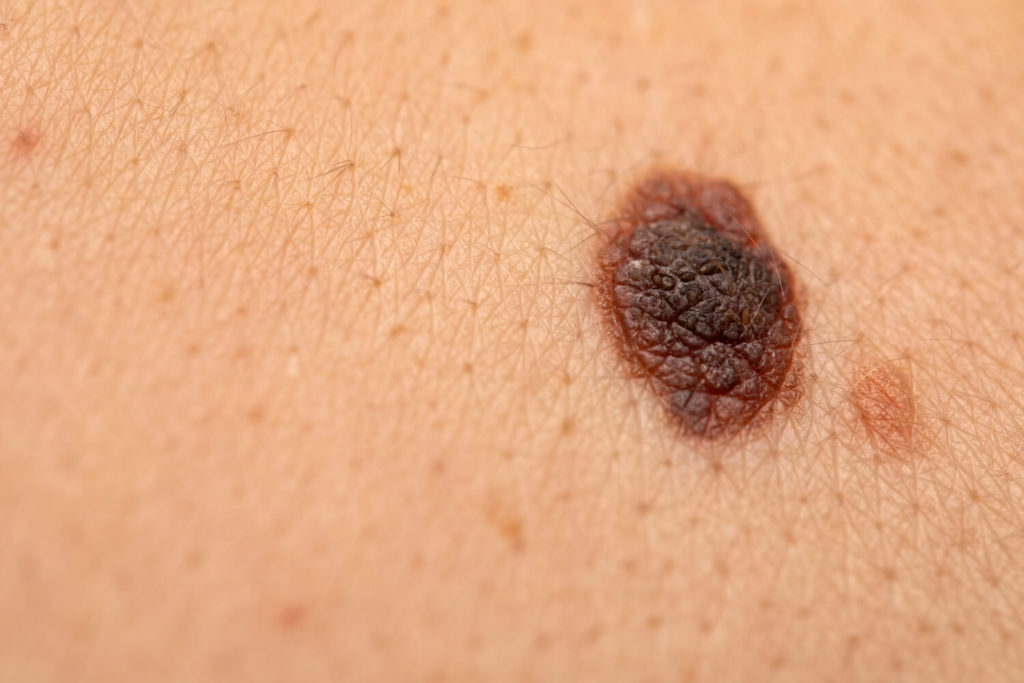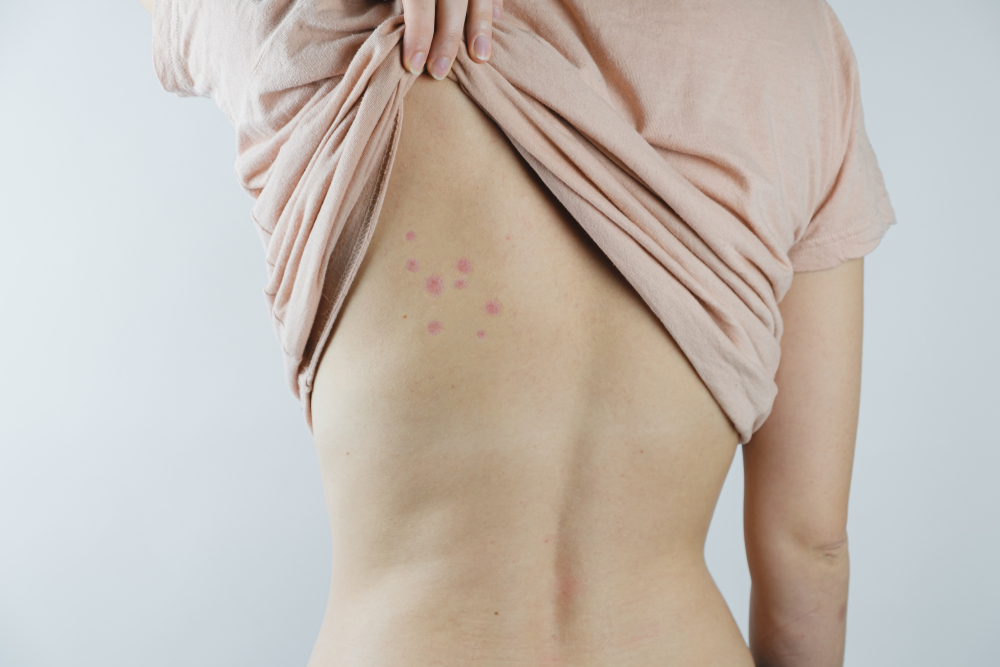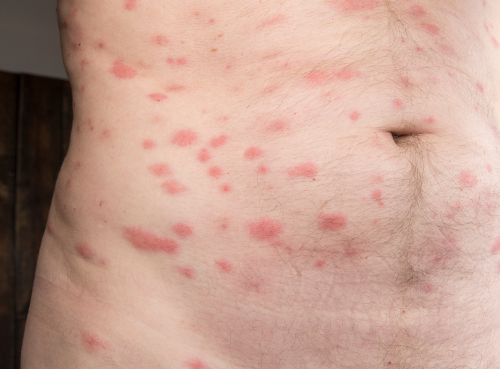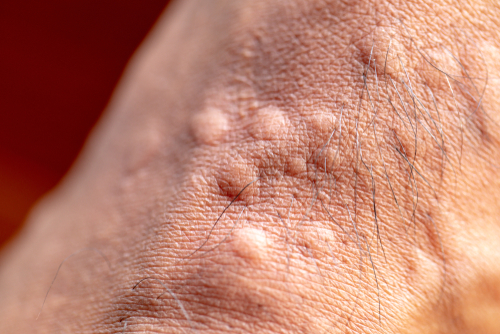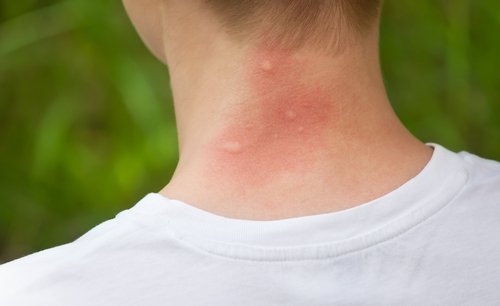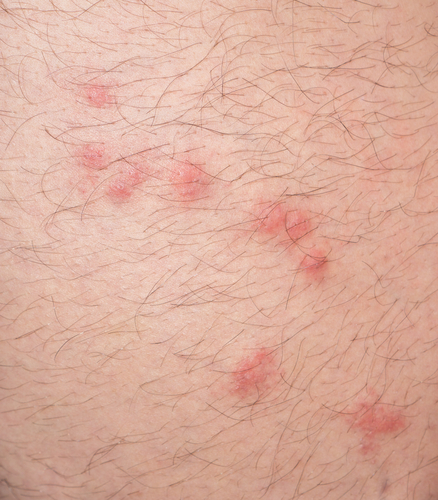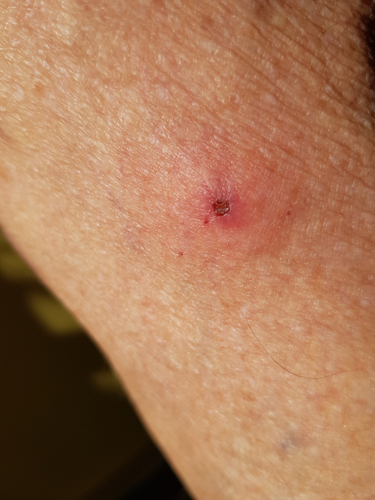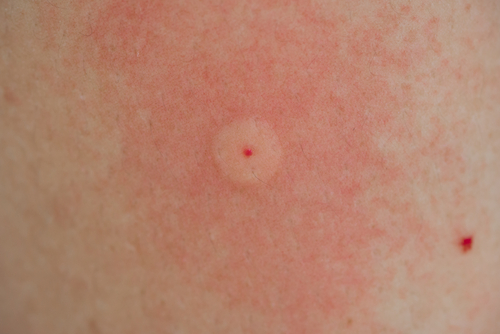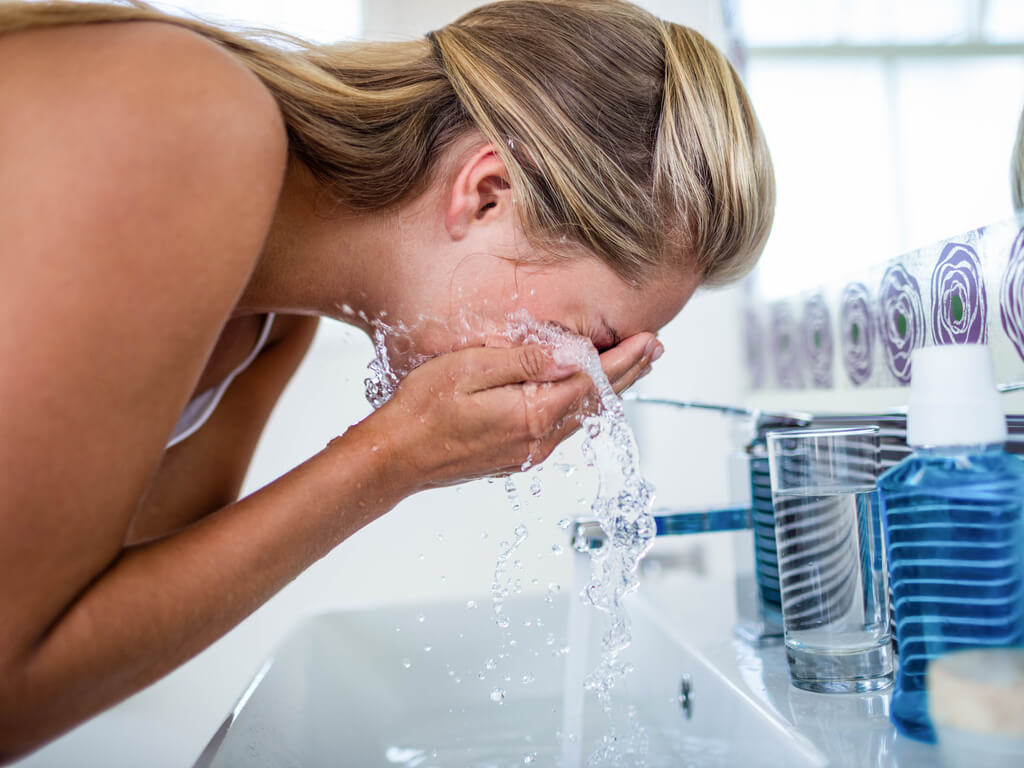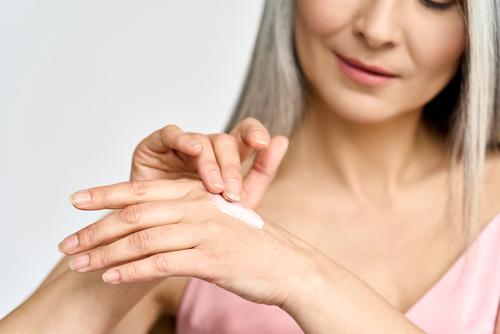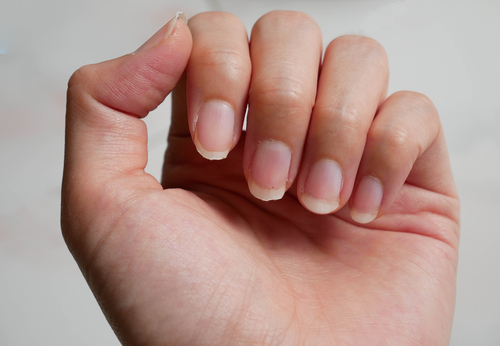The teen years are an essential time for nailing your skincare habits because they’ll stick with you through the rest of your life. To help you get started with creating and sticking to your skincare plan, here are a few essential tips approved by a dermatology professional.
Wash Your Face Two Times a Day
Washing your face twice a day is a delicate topic! Especially, when it comes to teen acne.
We’ve been so oversold on cleansing the skin that many people over-cleanse with washes, scrubs, toners, etc. This leaves their skin dry, parched and irritated. Then we overcorrect by limiting our washing and adding too much moisturizer.
So the point of this is to say, YES, you need to wash your skin twice a day with a basic over-the-counter cleanser that suits your skin type! But anything beyond a cleanser, like scrubs or witch hazel, is probably unnecessary. And remember, a cleanser is only touching your skin for 15-20 seconds twice a day. So, it’s not going to cure any skin condition or dramatically worsen it.
Washing your face twice a day also removes more than just makeup and oil. Washing also removes airborne contact pollutants and allergens that build up on the skin. Leaving these chemicals on the skin can cause itching, rashes, and other skin texture changes.
It’s also good to wash these chemicals off because they can actually dry out the skin. So washing your skin, in many cases, helps the skin stay hydrated. Lastly, skincare products always work better on clean skin, where there is nothing impeding product absorption.
What Kind of Cleanser Should I Use?
Because the skin on your face is slightly more sensitive than the skin on the rest of your body, so you’ll need to treat it a bit more gently. For example, you don’t want to use any kind of cleanser or moisturizer that would be heavy on the skin.
For that reason, you should use a gentle oil-free cleanser to remove makeup, dirt, and oil (sebum).
So even if you have dry or sensitive skin, you still need to wash twice a day using a gentle cleanser such as Cetaphil, Vanicream, or CeraVe. These cleansers are effective without overdrying or irritating the skin.
Wear Sunscreen Every Day
Use sunscreen every single day, no matter what the weather is like. Whether it’s cloudy or not, the UVA and UVB rays from the sun are still hitting your skin and causing damage. A little bit of sunshine is necessary for your overall physical well-being and your mental health, but any more than 15-20 minutes of direct sunlight will start to cause problems.
Now, you don’t have to use an entire bottle of sunscreen every day, just enough to cover the skin that’s exposed to the sun. Don’t forget to apply sunscreen to your neck and hands while you apply sunscreen.
Also, there is a difference between sunscreen and sunblock. Sunscreen is the spray-on stuff that absorbed UV light through chemical reactions. But sunblock is made with titanium dioxide and zinc oxide it and creates a physical barrier on the surface of your skin that reflects UV light. The zinc in sunblock is also what can make your skin appear paler than normal.
Find a Makeup with SPF
Take care of two things at the same time by finding makeup that matches your skin tone, with an added SPF. It doesn’t need to be a very high SPF, in fact, most makeup brands have a light SPF of around 15 to 30, which will be enough to protect your skin throughout the day.
Find The Makeup That Fits You
Wear makeup that matches your skin tone and doesn’t clog pores or irritate sensitive skin.
You want to find makeup that matches your natural skin tone. Pay attention to your skin’s natural tones and make sure they don’t clash with your foundation. When you’re shopping for a foundation, look for a powder-based foundation, because they’re less likely to lead to acne.
Finally, you’ll also want to find makeup that doesn’t irritate your skin. Be aware, some people can develop allergies to products after a year or more, so you might have to change which products you use.
And remember, whenever you put on makeup, you should always wash it off at the end of the day to prevent buildup in your pores.
“Hydrate, Don’t Diedrate”
This isn’t a saying you would hear from a dermatologist in Tennessee, but it’s catchy and there’s some truth to it too. Drinking water throughout the day is super important. Not just for your skin, but your body in general. You don’t have to drink a gallon of water each day–that’s a bit overkill.
A good general rule of thumb is aiming for at least 8 cups of water per day. Everyone is different though, so you might need more or less, especially depending on the weather or by how much you exercise.
Just pay attention to when you’re feeling thirsty and drink plenty of water to keep your skin hydrated throughout the day.
Don’t Chase a Tan
As appealing as it is to get a golden sun-kissed look, tanning causes serious damage to your skin. Especially over a long period. That being said, you should still get some sun every day, but do your best to avoid tanning beds, sunburns, and too much time in direct sunlight.
The more you expose yourself to the sun, the higher your risk of skin cancer will be in the future.
Get Enough Sleep
The number one way to prevent crow’s feet and dark circles under your eyes is to get enough sleep. Staying up late can be fun, especially as a teenager with homework, hanging out with friends, texting people, and so on, but you need sleep. You should get at least 8 hours of sleep every night. The CDC even recommends teens should get somewhere between 8 to 10 hours of sleep.
The number one dermatology reason you should get enough sleep is so you don’t look tired all the time. Other benefits of sleep include:
- Better moods and mood regulation
- Reduced risk of anxiety and depression
- Improved muscle and injury recovery
- A stronger immune system
- Better focus and clearer thoughts
- Increased metabolism efficiency
- Reduced risk of obesity
- Overall healthier skin
Treat the Skin on Your Face Differently
The skin on your face is different from the skin on your hands and body, so you’ll need to take care of it a little differently. For instance, facial skin is thinner, more sensitive, and more prone to sebum accumulation than other areas of skin. In contrast, the skin on the rest of your body is thicker, but also drier.
Skincare products for your face moisturize your skin either after or while you cleanse your face every day. Regular eye cream application can also help you prevent getting lines, wrinkles, and shadows under your eyes.
Don’t Pop Pimples
It almost goes against nature to not pick pimples, but you can’t pop them anymore. When you notice a blackhead or whitehead forming, avoid touching it because it could irritate or even infect the lesion. The same goes for picking at acne as this can cause more breakouts, scarring, or cause serious infections.
If you have started seeing acne scars after picking at active acne lesions, you might be able to reduce some discoloration scars or even some of the physical scars. To learn more about acne treatments and prevention, read:
How to Get Rid of Pimples
Even with the best skincare regimen, pimples can still be unavoidable. As stated above, don’t touch them or pick at them. Instead, keep up with your regular daily skin washing habits.
If a particular zit is giving you problems, covering it in a hot towel or hot washcloth for a few minutes. Eventually, the pimple will drain on its own and usually heal smoothly without signs of scarring. But depending on the type of acne and how inflamed the lesion is, there may still be some signs of scarring.
Are There Natural ways I can get rid of acne?
No one likes having acne standing out on their face. So, is there anything that can be done to make acne go away fast? Here are a few go-to ways for treating acne to make those red bumps fade fast.
Benzoyl Peroxide
Available in gels, cleansers, and pre-treated wipes, this medicine should only be applied on the surface of the skin. Benzoyl peroxide is especially helpful when catching acne in the early stages of a breakout. When applied, the medicine gets into the pores and kills the bacteria responsible for the pimple.
If you have any dry or raw skin, you shouldn’t use this medication directly.
Salicylic acid
This is another great option for cleaning up acne. When applied to acne, this acid exfoliates the skin and breaks up the bonds between dead skin cells, which helps unclog the pores. You should be aware that salicylic acid can also leave your skin feeling dried out, so moisturize accordingly.
Retinoids
A quintessential part of any skincare routine, retinoids help fight acne for almost all types of skin by removing excess oil and breaking up dead skin cells. Retinoids are also a notoriously strong exfoliant, so be careful not to overuse them. If you’re new to using retinoids, try just using them once every other day or so.
Online Dermatology Skin Care Appointments for Teens
Need more help figuring out your skincare routine? Visit the get started page to make an appointment with Kristen Stirling for dermatology advice and convenient skincare appointments that fit your schedule.



